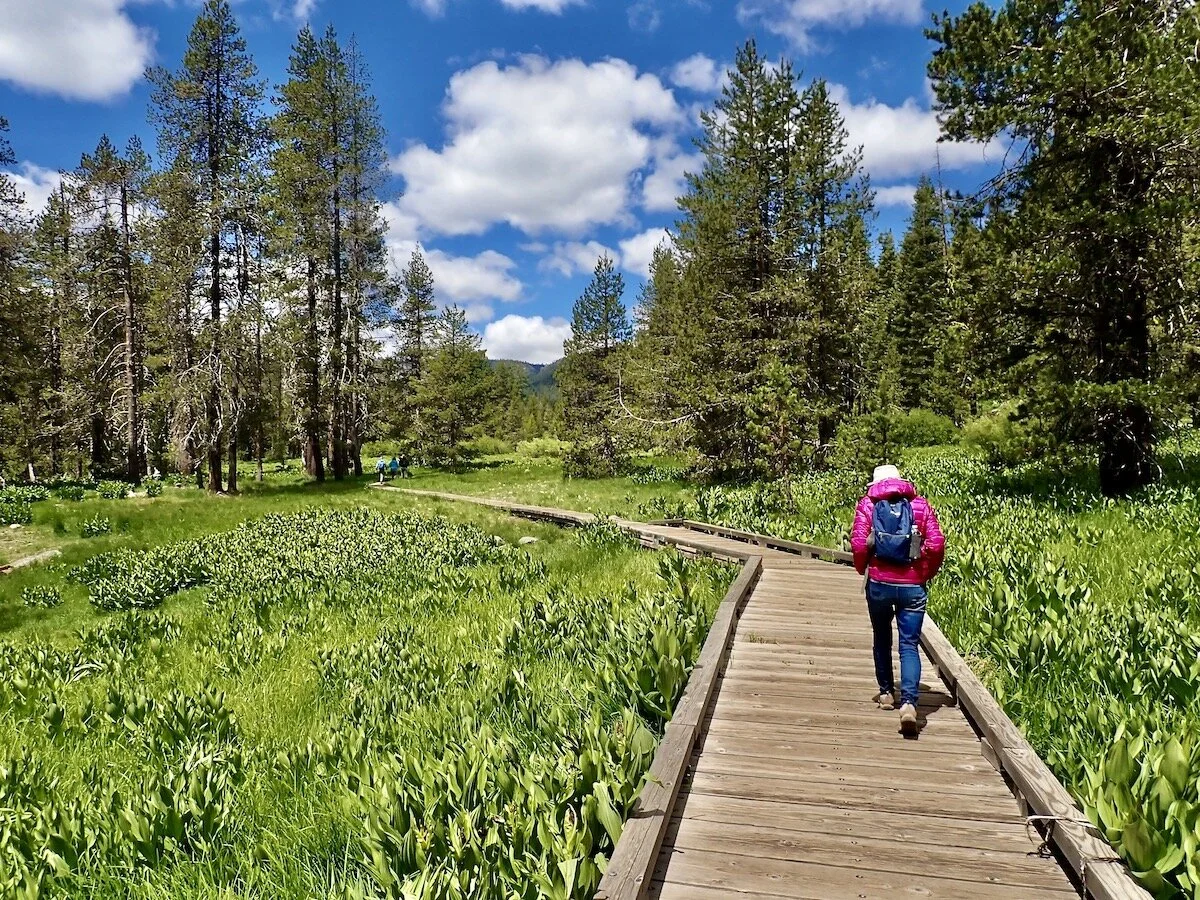Another Successful Mayfly Season
By Dave Zeug
I was the first one to arrive for the show. I always like to get there early, that way I’m sure to get my money’s worth, although this show was free. All the best ones are it seems.
The others came in time and took their place around me, while still keeping a respectable distance. There was plenty of room for all of us, although most were just here for the free food. I didn’t come for the food, I wanted to see the show and like the opening band at a big name concert, I wanted to see it all.
First it was the grackles, followed by the black birds including 2 of the yellow-headed variety, a species I hadn’t seen in years. A few robins and other smaller songbirds gathered in the trees and bushes behind them too.
Next came the seagulls, drifting in from across the lake like oversized snowflakes as they settled on the lake’s mirror like surface. There was none of the squabbling among their kind you see at parks and other places where our kind gather. There would be plenty for everyone.
Before long a squadron of flightless geese arrived, several family groups that had merged together swam into the seating area. The goslings were two months old now and beginning to stray from the protection of the adults, acting more like excited kids on a sugar high. Then came the turtles, their heads poking out of the water as they gauged the distance to the bulrushes along shore where the frogs had gathered too. The last arrival was a blue heron that waded the shallows in front of me. His targets, just like mine, were the fish that had gathered for the anticipated feast.
The summer sun had just touched the western horizon on this, the longest day of the year. Clear skies and still conditions insured a long twilight, hopefully with lots of opportunities before full darkness descended for a few hours until light gathered again in the east.
It was time. The hex hatch was about to begin.
This giant mayfly emerges from lakes with good water quality and a siIty, mucky bottom close to emerging shoreline vegetation. In suitable habitat, hex nymph’s densities are close to 500 per square foot of lake bottom and make up a significant portion of the energy and nutrients the lake provides.
A mayfly’s life cycle begins with the males forming a swarm above the water and the females flying into the swarm to mate. The male grabs a passing female with its elongated front legs and the pair mate in flight. After copulation the male releases the female who drops to the surface and lays her eggs, then lays on the surface with wings flat. The males fly to nearby land where they die also. From these muck beds the nymphs, who may spend up to two years foraging on the bottom before emerging, begin their short adult life as a winged insect.
Most emerge from 2 to 10 feet of water, although they can be found just inches below or up to 50 feet down. It’s at this time and later during the spinner fall when birds, turtles, fish and those of us who seek those fish, gather for the harvest.
I assembled my fly rod and dressed my line as the first emerging hex dimpled the surface. Before long there was a swirl in front of me, then another. I began my back cast, loading the fly line before releasing my mayfly imitation toward the ring. Seconds passed after I put a light twitch of the line and then my offering disappeared in another swirl. Now I wasn’t just an observer; I was part of the show.
I wasn’t surprised to see the fish was a bass, but was expecting a smallmouth bass, not a largemouth, although both inhabit this lake. On the light fly rod, the 14-inch bass put up a good accounting of itself with several spirited runs. Eventually it lay next to the boat and with a twist of the forceps, once again became part of the show.
The next 45 minutes were repeats of this performance. The excitement grew as the swirls and boils bulged the otherwise glassy lake surface. By then I needed a headlamp to replace the bedraggled and shredded fly that had worked so well, substituting it with a more visible popper in the same light color as the emerging mayflies. With the feeding frenzy at its peak, the fish behaved like a concert crowd during the last song. It didn’t matter what dropped on the water; the excited fish couldn't resist the offering.
The equipment for this kind of fishing trip is minimal. You don’t need the variety of flies as you would for trout. The bass and panfish you’ll encounter during the short, intense mayfly hatch don’t require as much finesse. A fly rod of most any weight and length will work fine, but to get the most from the experience, go light. I used simple floating fly line with 5 feet of 6-pound monofilament attached for a leader. A light-colored popper about the same size as the hex works just fine. You may not get away with this earlier or later in the summer, but during the mania of the mayfly hatch it’s usually not a factor.
Full darkness finally descended on the lake. Although I could still hear the feeding fish, I couldn’t see them anymore. For me the show was over, it was time to head for home. And like so many others, it had been another great one in our outdoor Wisconsin.
Have you done something interesting outdoors? Join Global Outdoors and write a review to tell everyone about it! We’re building the home for trusted reviews of outdoor experiences, outfitters, and guides.







